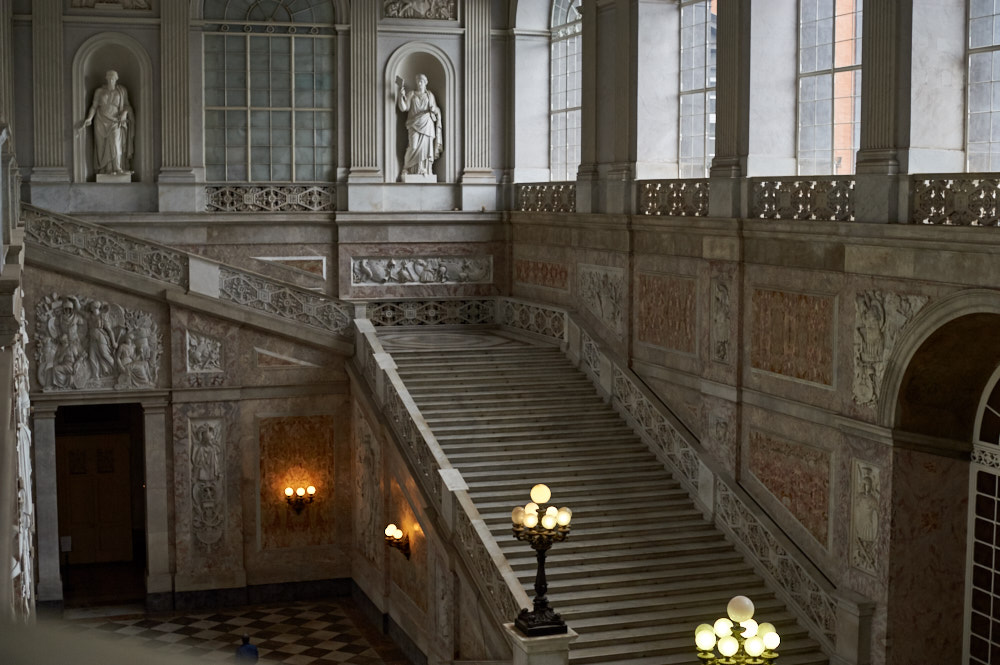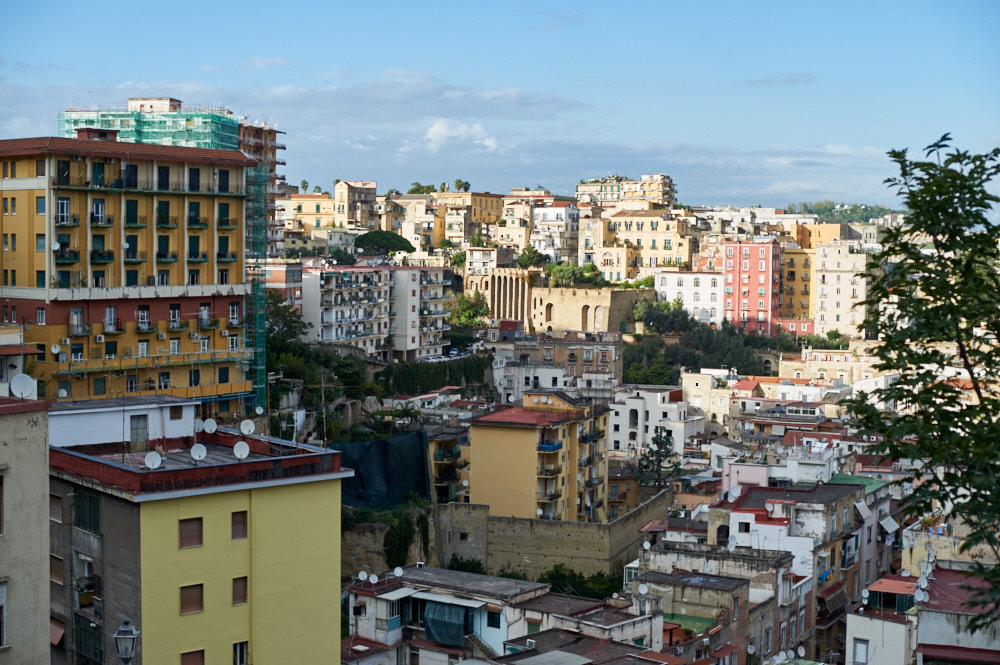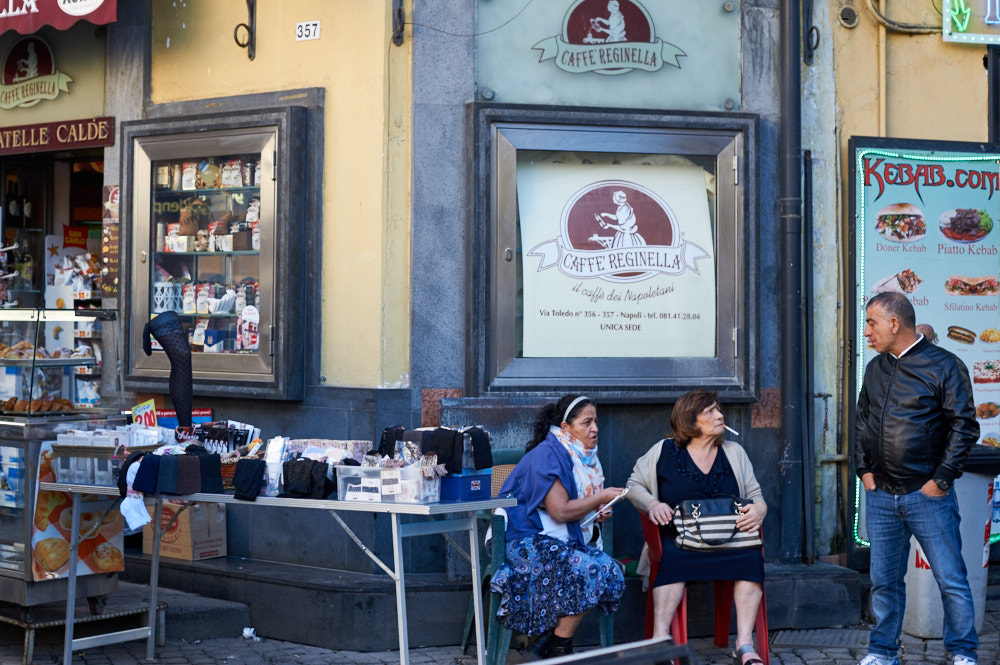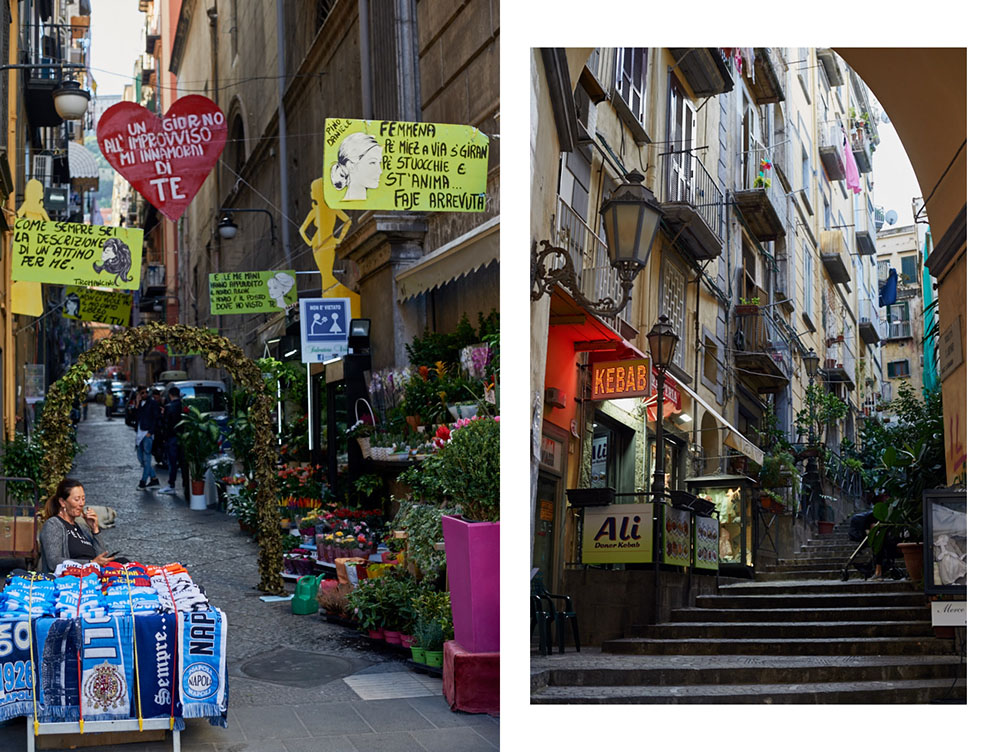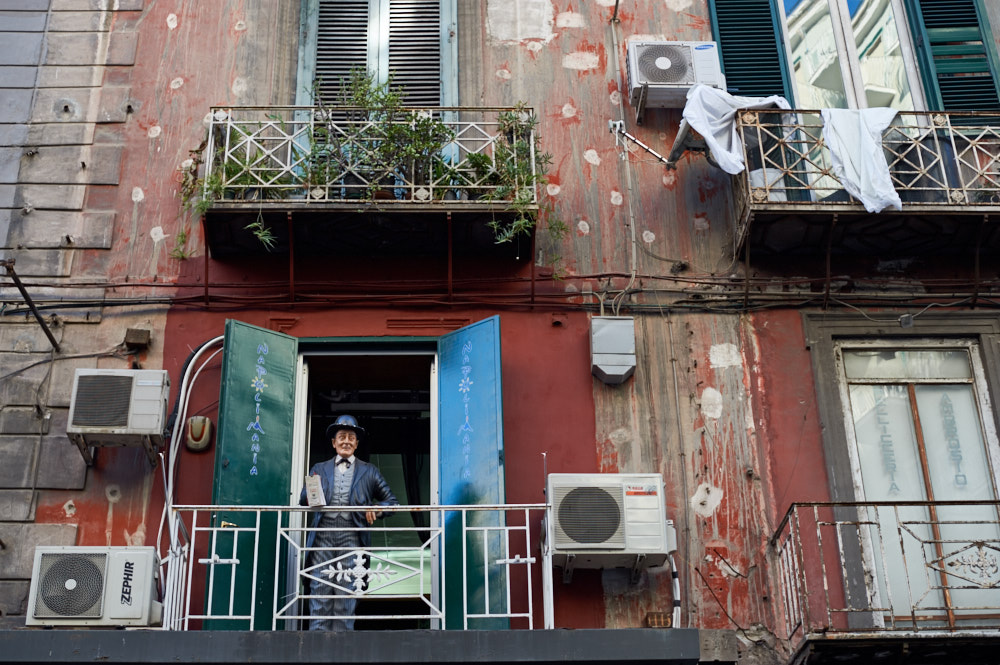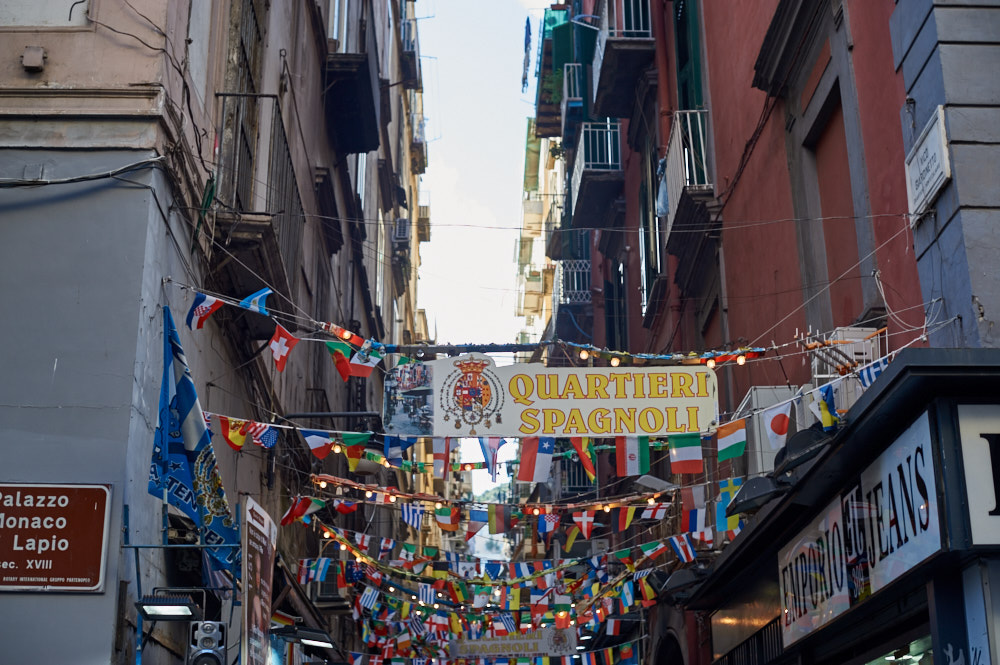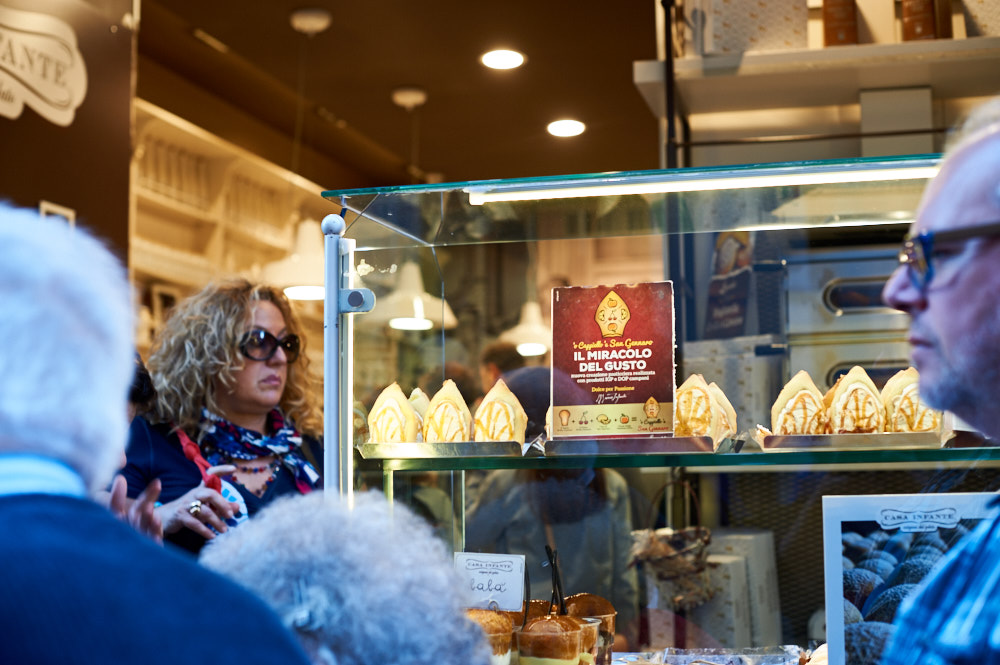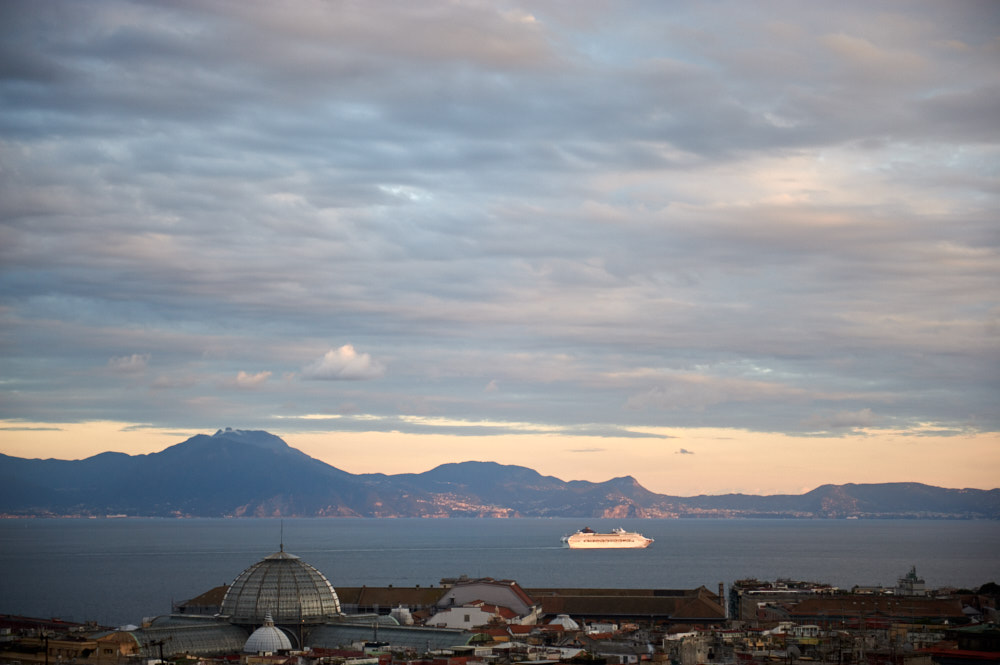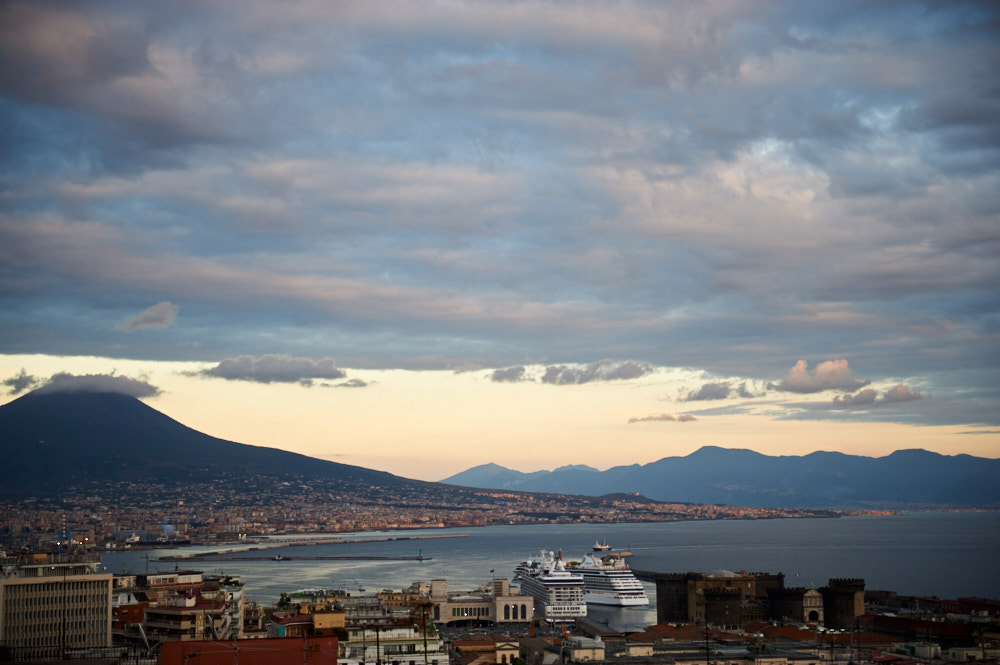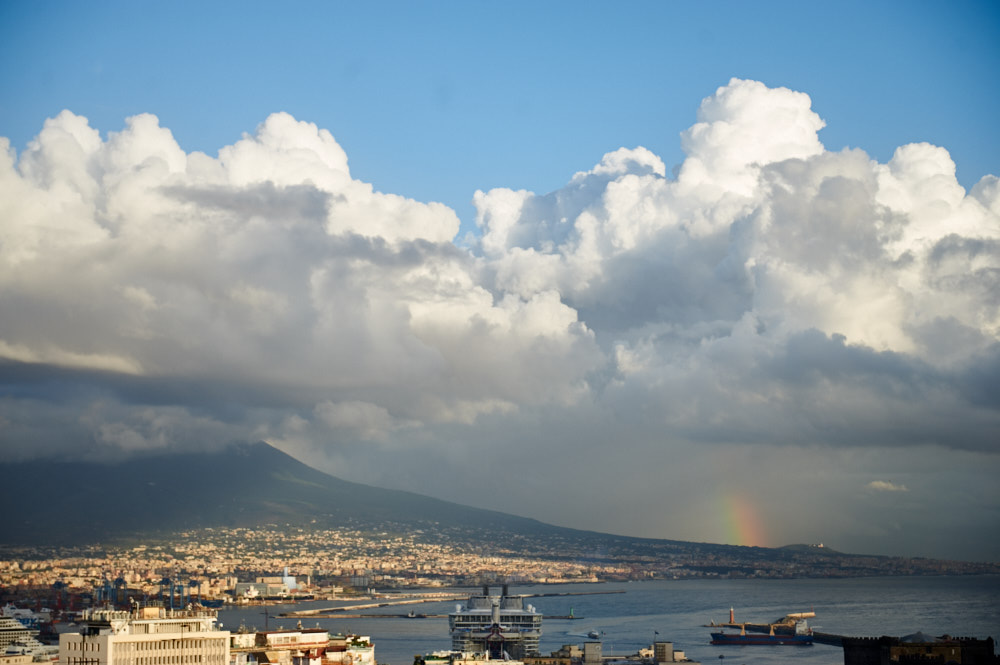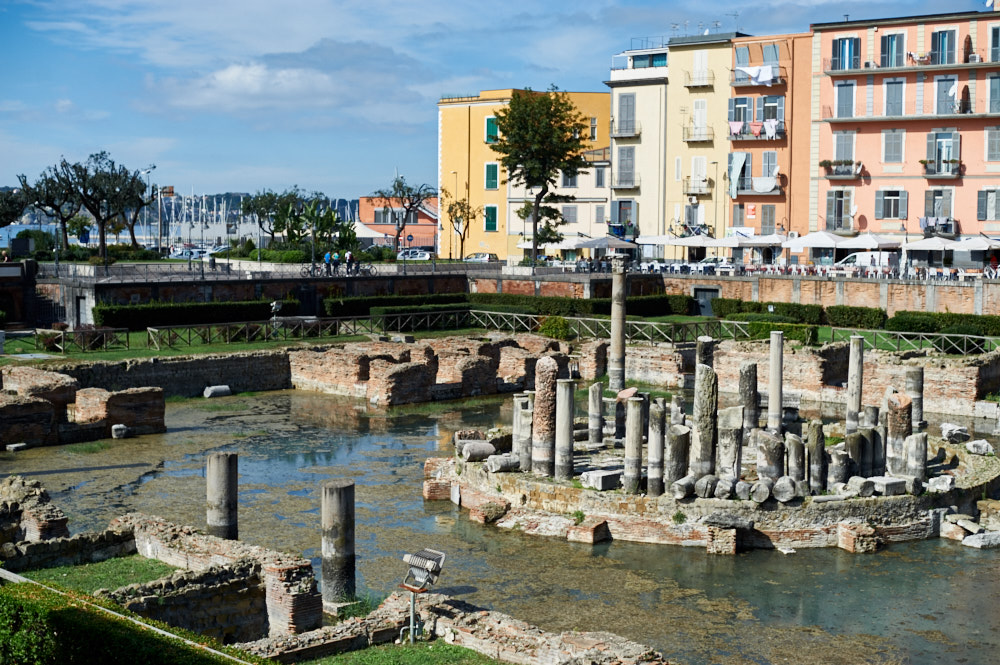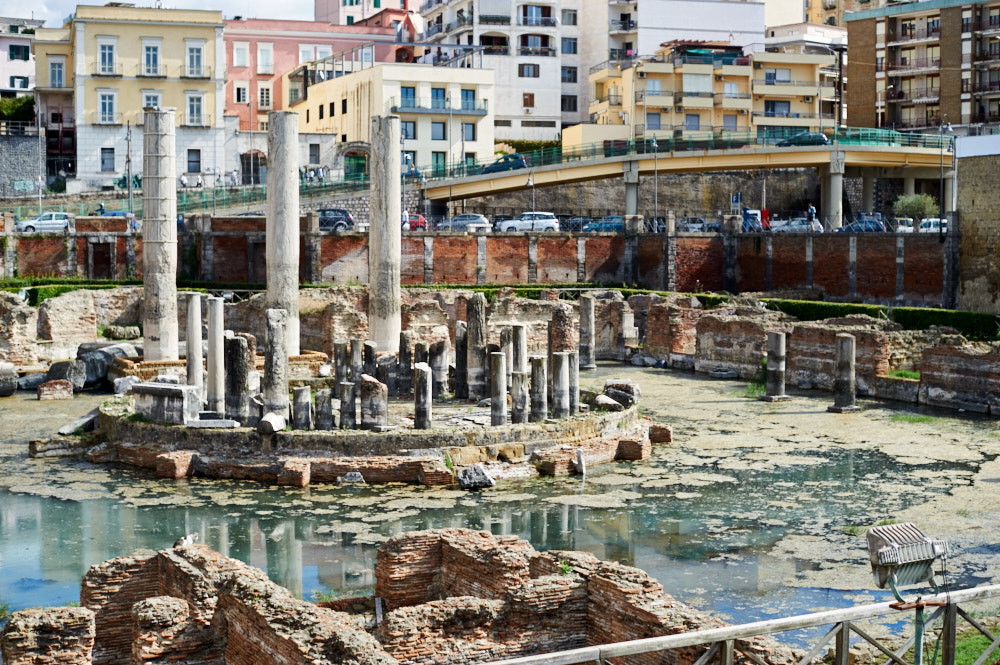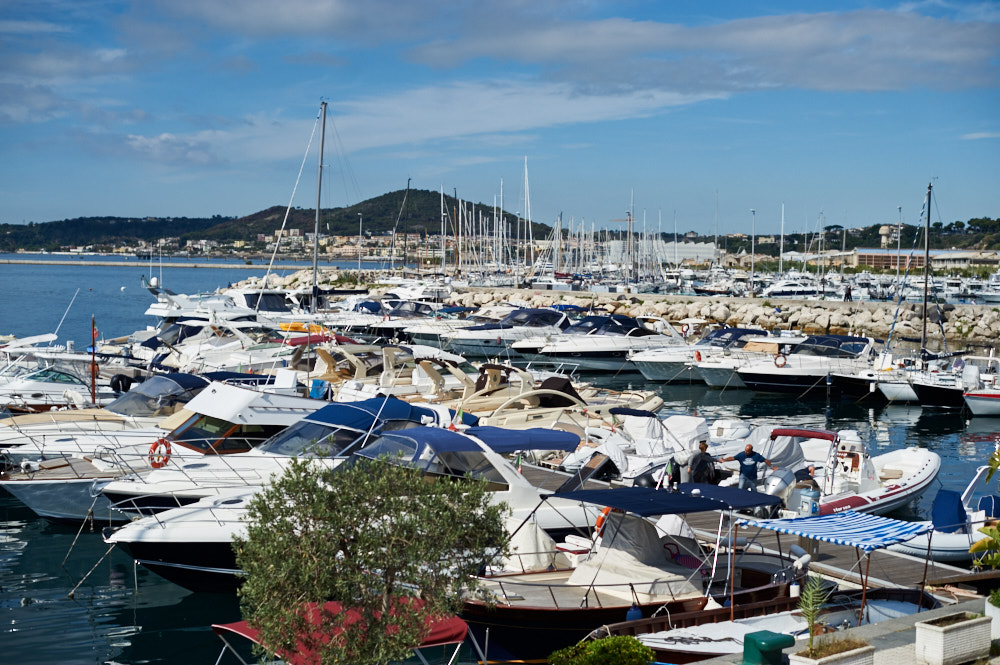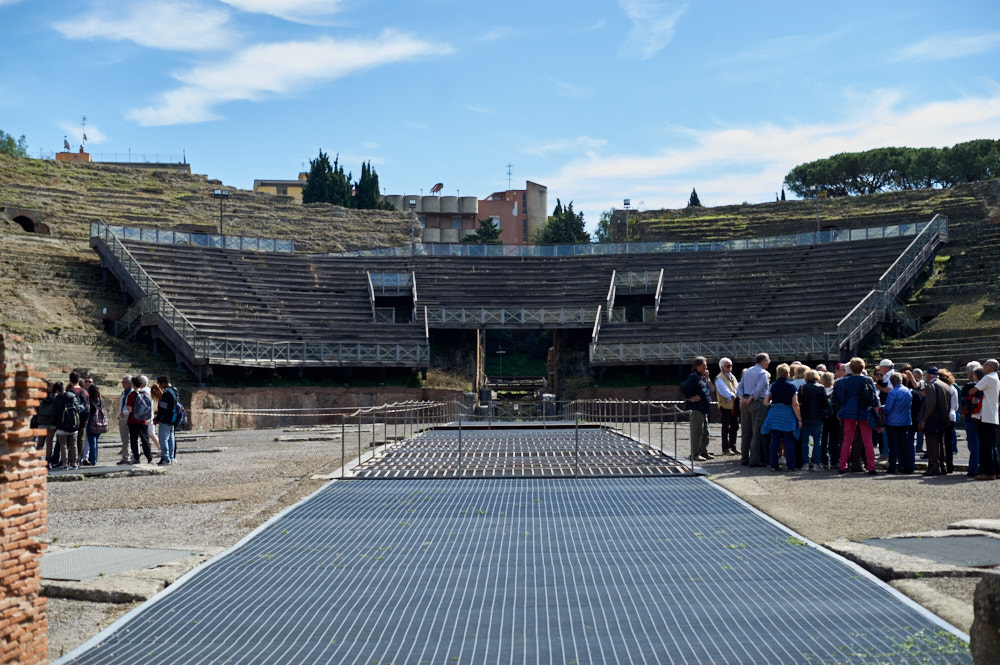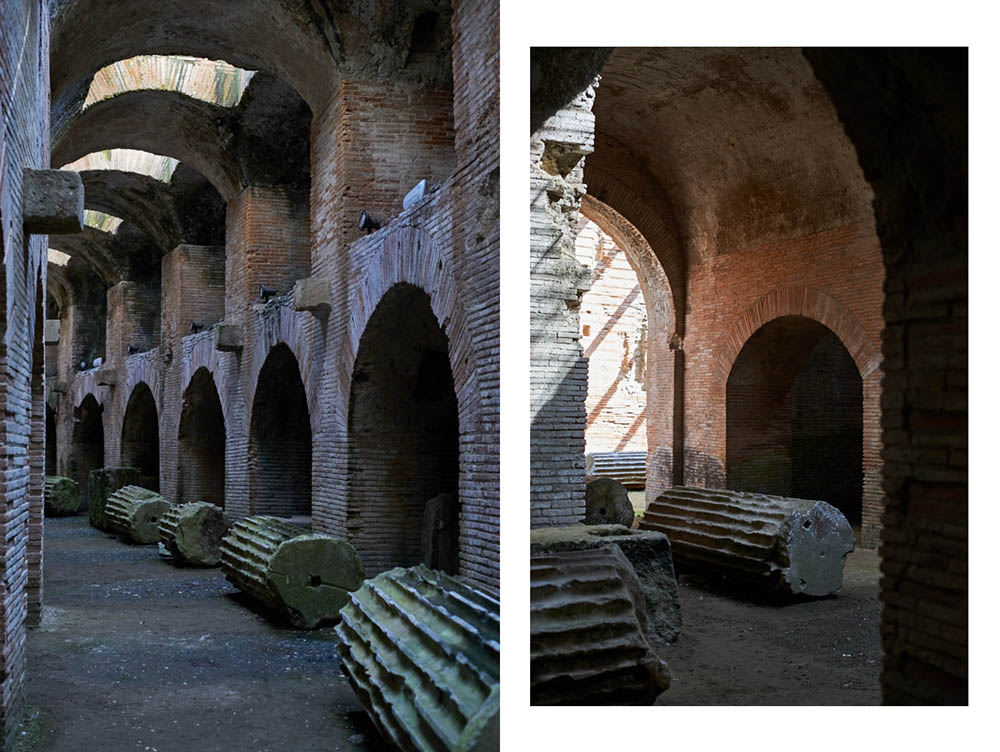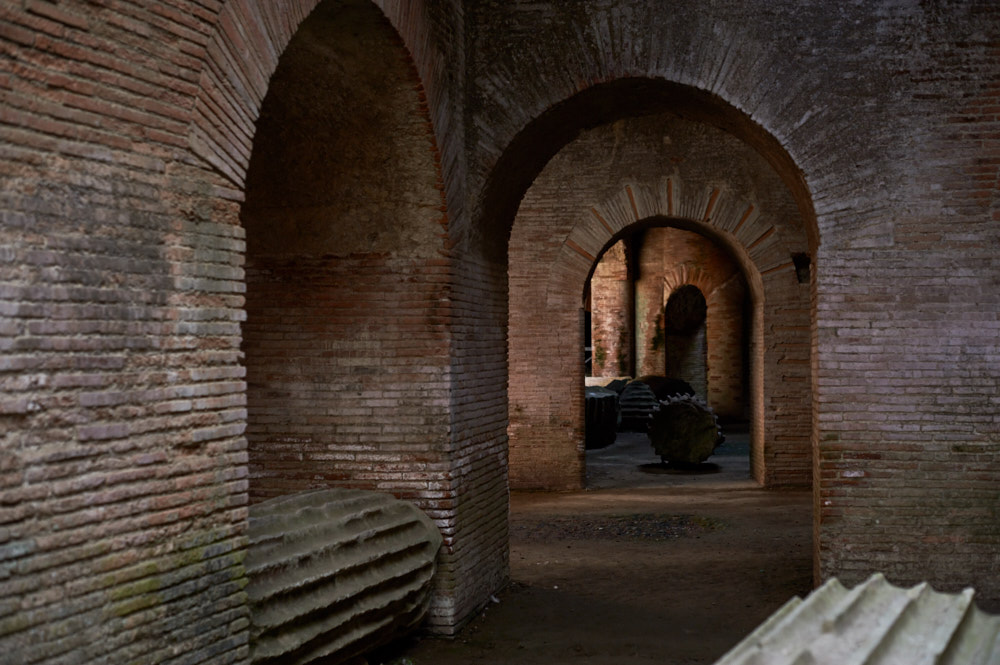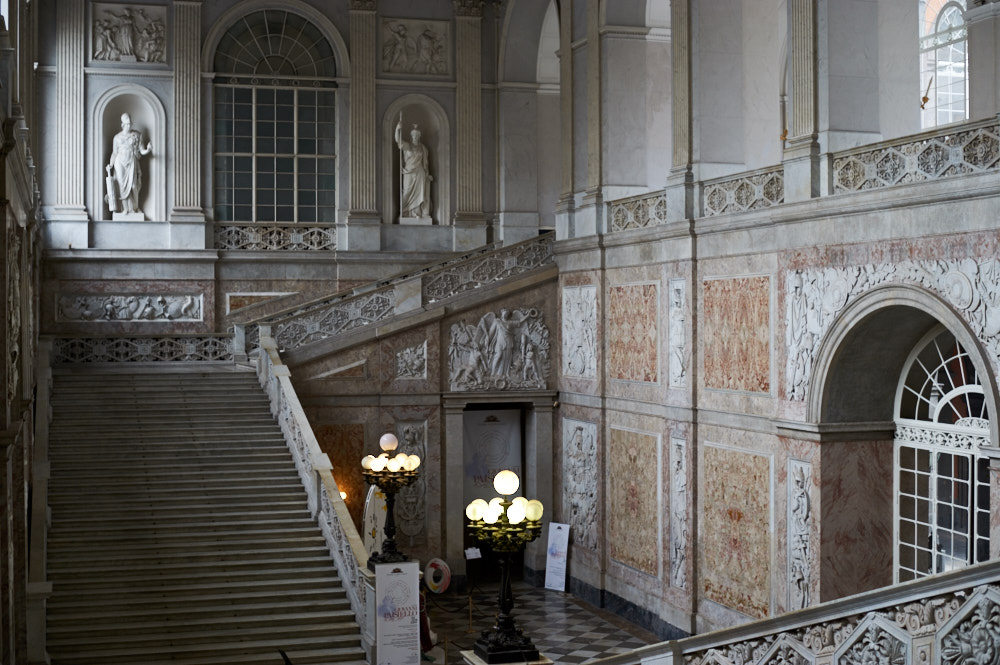
It was my last day in Naples, my luggage was already at the train station in storage and it was about time to visit the Palazzo royale di Napoli. Palazzo royale was built during the time of the Spanish occupation, who wanted to build a modern palace, large and well decorated.
Envisaged as a 16th-century monument to Spanish glory (Naples was under Spanish rule at the time), the magnificent Palazzo Reale is home to the Museo del Palazzo Reale, a rich and eclectic collection of baroque and neoclassical furnishings, porcelain, tapestries, sculpture and paintings, spread across the palace’s royal apartments. (Lonely Planet)

The King never came but the palace remained becoming the Royal Residence of the Austrians first and the Bourbons who followed. During the Bourbon reign, damage from a fire in 1837 led to a major restoration and enlargement (1838 – 1858) by Gaetano Genovese. It was during this time that Francesco Antonio Picchiatti’s (1651) Scalone d’onore was refaced in pink and white marble. Considered one of the finest monumental staircases in Europe, it now leads to the Museum of Palazzo Reale on the piano nobile. (Napoli Unplugged)
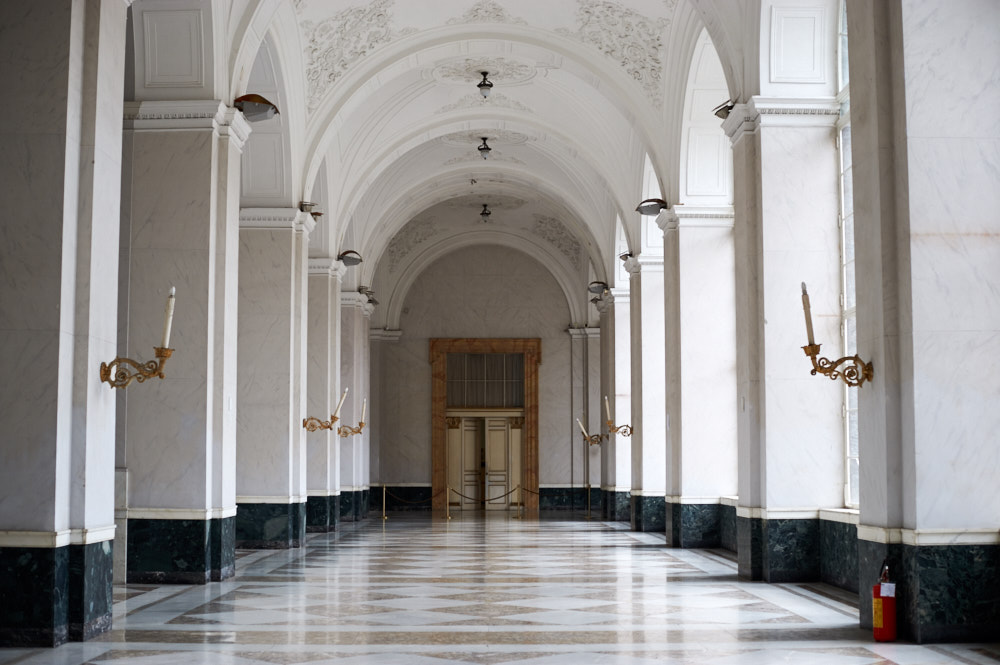
The Appartamento Storico, the historic apartment, was opened to the public in 1919 and then severely damaged during World War II. Carefully restored and today it houses a rich collection of Neoclassical and Baroque furnishings, paintings, tapestries, and decorative arts objects and porcelain.
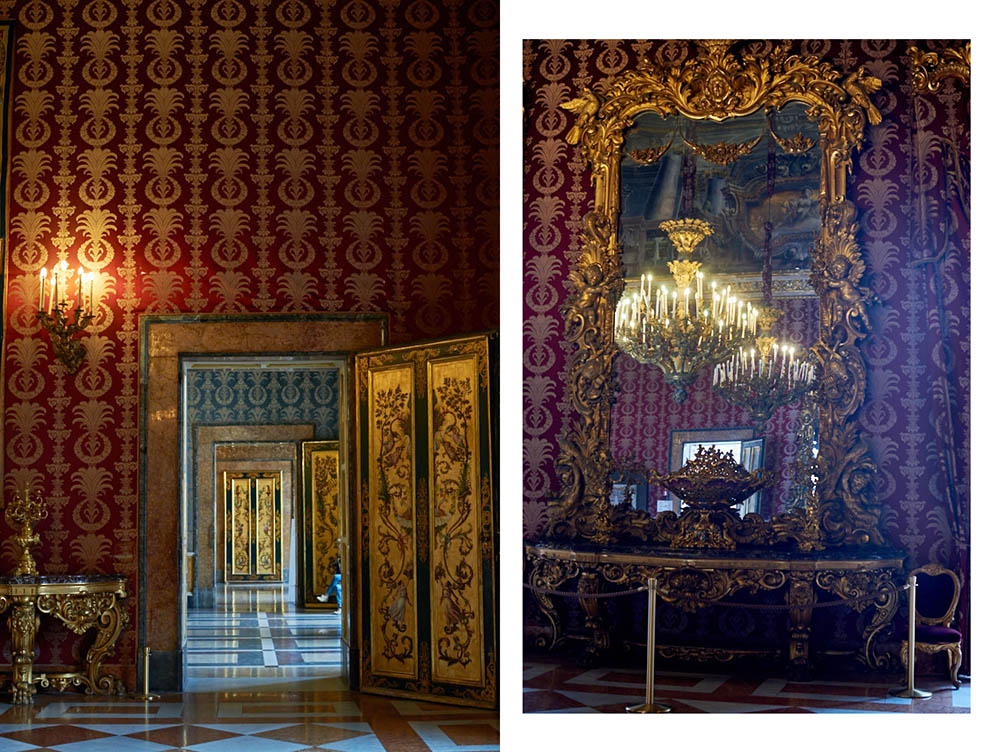
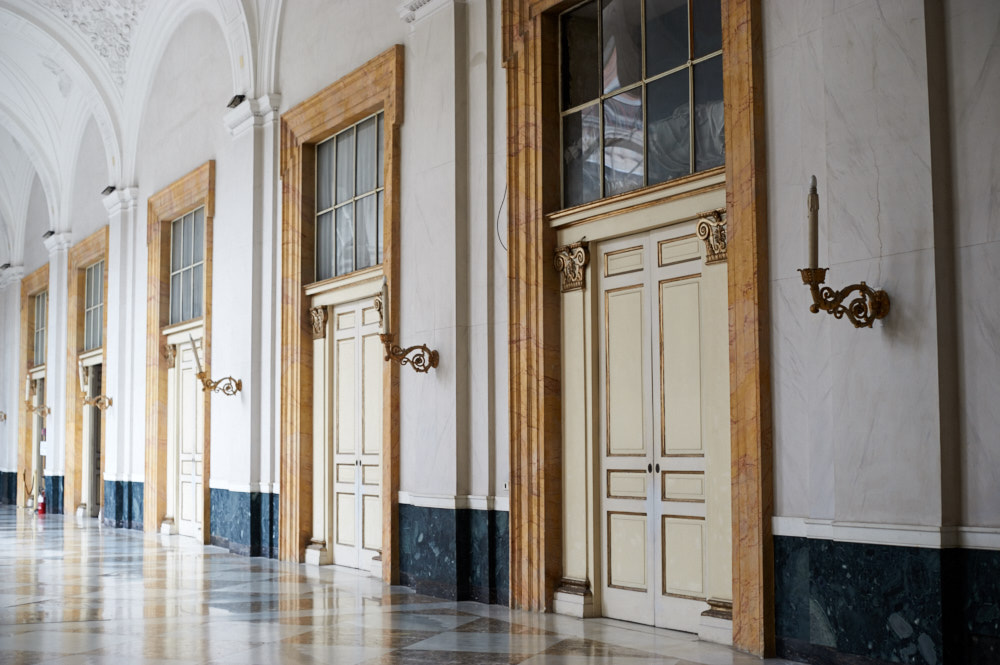
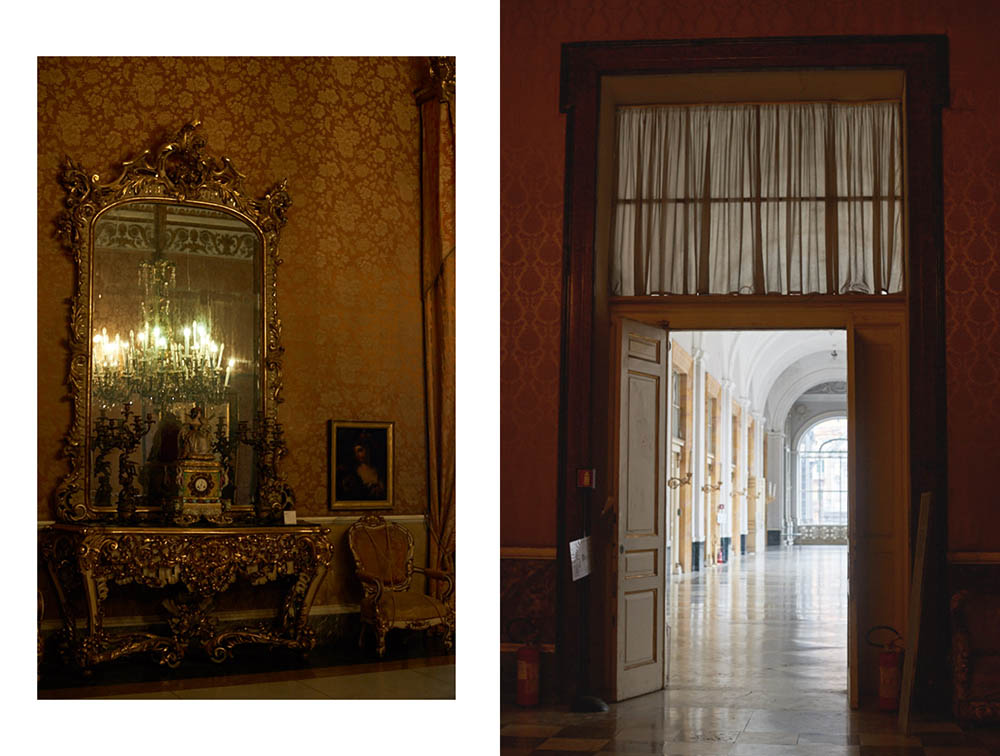
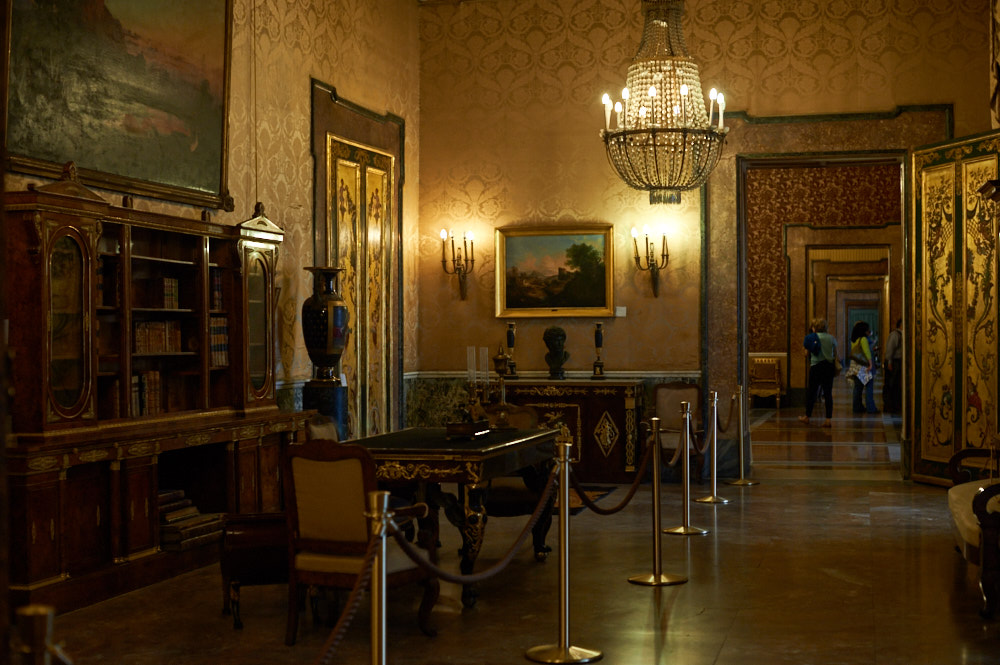
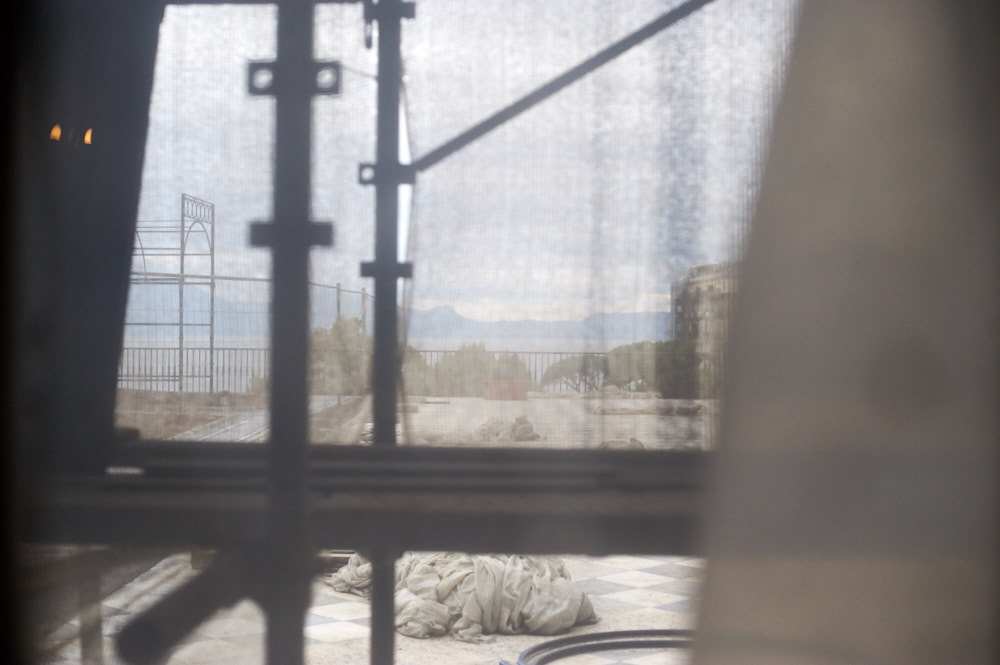
The famous roof gardens were unfortunately closed and under renovation, so I have to come back to adore them!
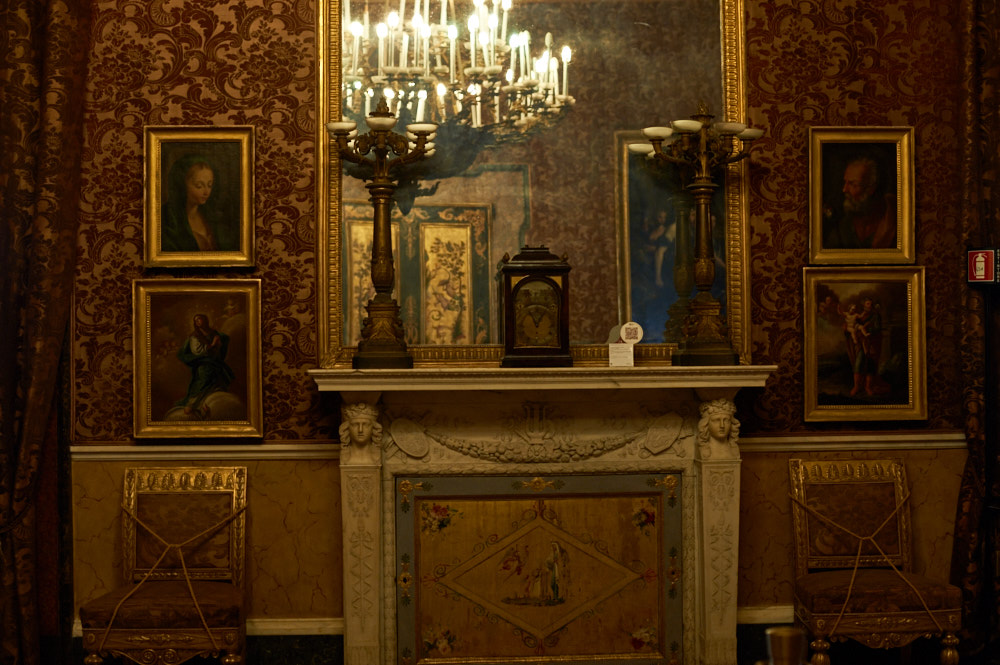
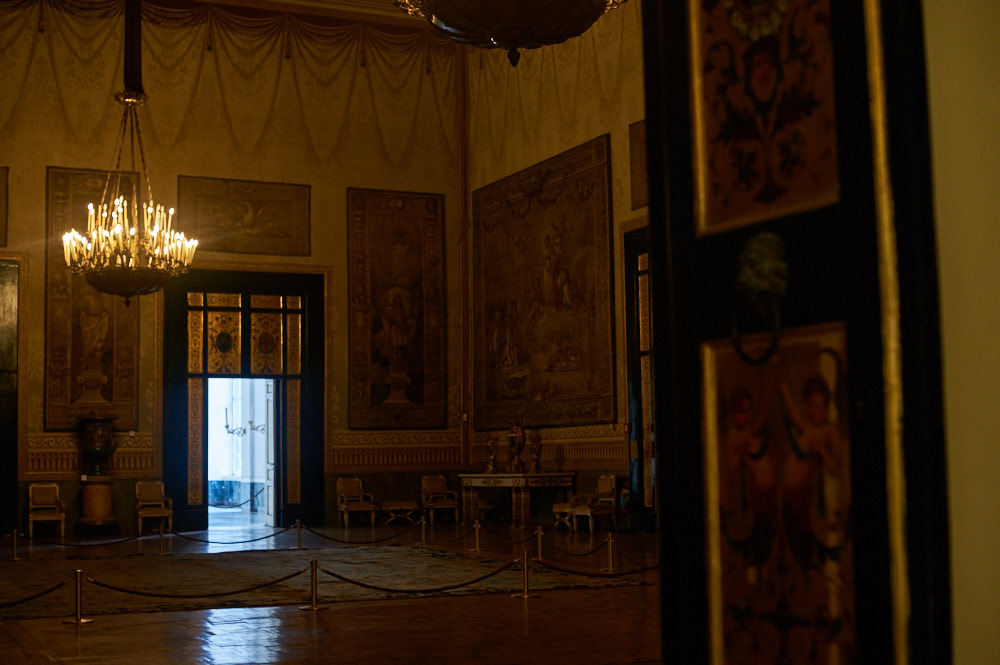
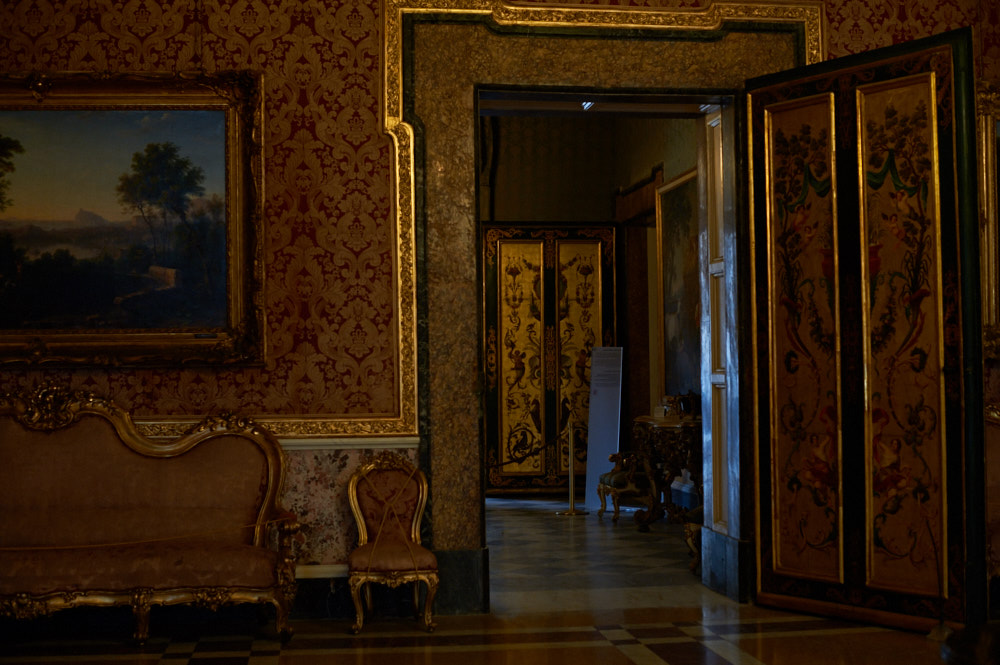
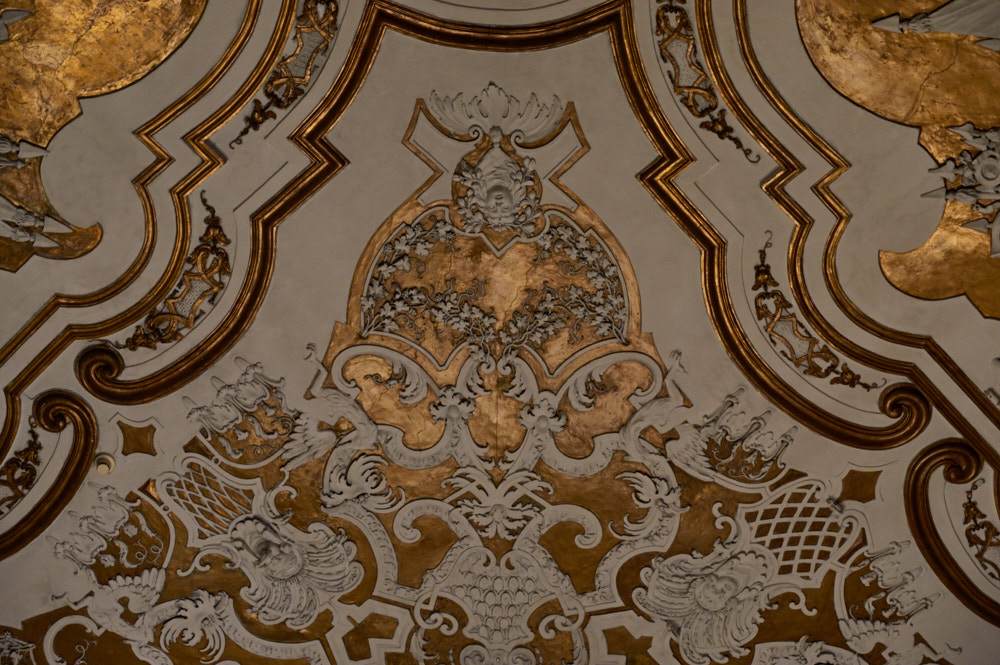
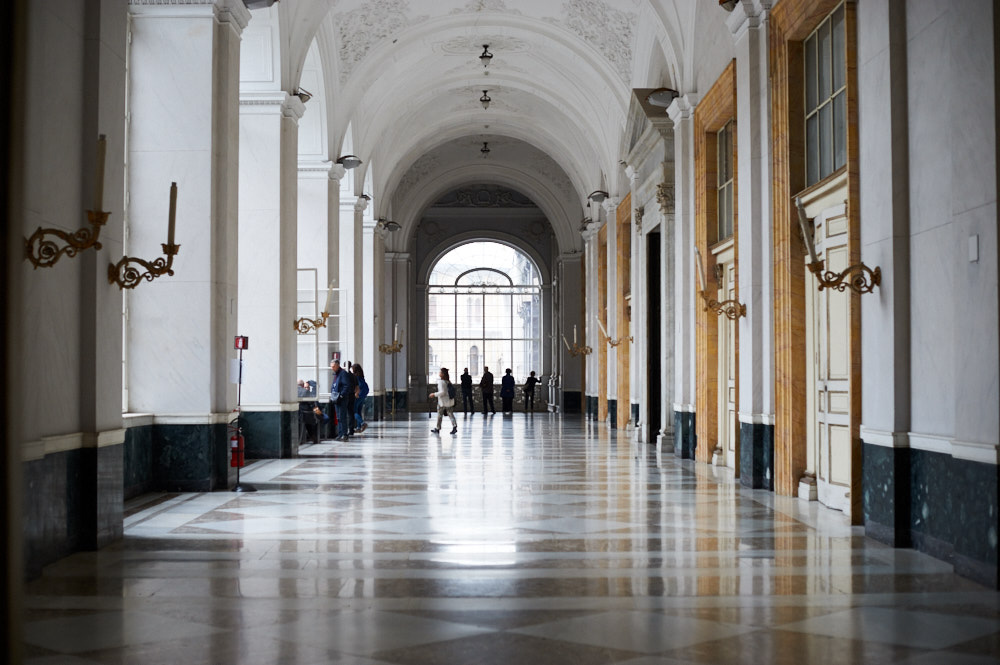
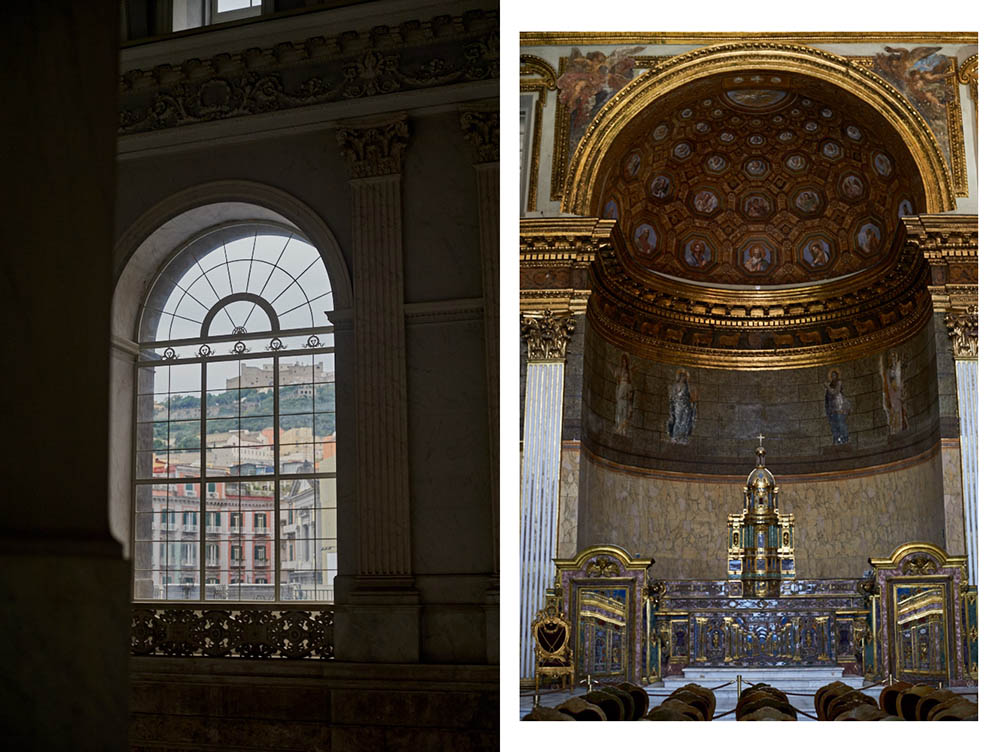
It was about time to leave this stunning palace and catch my train to Rome. Little did I know that there would be huge delays of the travels and I was lucky to catch my night train to Vienna by mere minutes.
